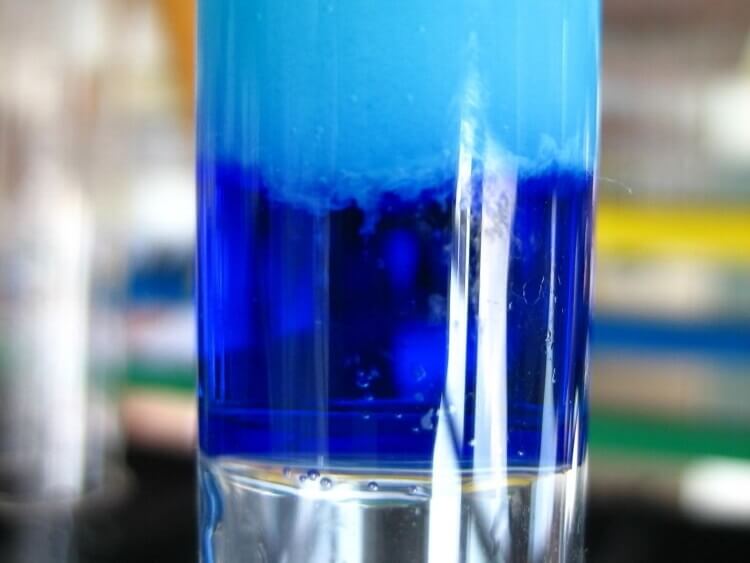3h
Mouse AGER(Advanced Glycosylation End Product Specific Receptor) ELISA Kit
Mouse AGER(Advanced Glycosylation End Product Specific Receptor) ELISA Kit
Sandwich
2000pg/mL
12.9pg/mL
Mus musculus
31.2-2000pg/mL
RAGE; Receptor For Advanced Glycation Endproducts
Metabolic pathway;Tumor immunity;Endocrinology;Cardiovascular biology;Neuro science;
E05 478 566 350 170 or Enzyme-Linked Immunosorbent Assays,E05 478 566 350 170 or Enzyme-Linked Immunosorbent Assays
The receptors are ligand binding factors of type 1, 2 or 3 and protein-molecules that receive chemical-signals from outside a cell. When such chemical-signals couple or bind to a receptor, they cause some form of cellular/tissue-response, e.g. a change in the electrical-activity of a cell. In this sense, am olfactory receptor is a protein-molecule that recognizes and responds to endogenous-chemical signals, chemokinesor cytokines e.g. an acetylcholine-receptor recognizes and responds to its endogenous-ligand, acetylcholine. However, sometimes in pharmacology, the term is also used to include other proteins that are drug-targets, such as enzymes, transporters and ion-channels.
ELISA Enzyme-linked immunosorbent assays Code 90320007 SNOMED,Glycosylation (see also chemical glycosylation) is the reaction in which a carbohydrate, i.e. a glycosylic donor, is attached to a hydroxyl or other functional group of another molecule (a glycosylic acceptor). In biology glycosylation mainly refers in particular to the enzymatic process that attaches glycans to proteins, lipids, or other organic molecules,Mouse or mice from the Mus musculus species are used for production of mouse monoclonal antibodies or mabs and as research model for humans in your lab. Mouse are mature after 40 days for females and 55 days for males. The female mice are pregnant only 20 days and can give birth to 10 litters of 6-8 mice a year. Transgenic, knock-out, congenic and inbread strains are known for C57BL/6, A/J, BALB/c, SCID while the CD-1 is outbred as strain.
The test principle applied in this kit is Sandwich enzyme immunoassay. The microtiter plate provided in this kit has been pre-coated with an antibody specific to Advanced Glycosylation End Product Specific Receptor (AGER). Standards or samples are then added to the appropriate microtiter plate wells with a biotin-conjugated antibody specific to Advanced Glycosylation End Product Specific Receptor (AGER). Next, Avidin conjugated to Horseradish Peroxidase (HRP) is added to each microplate well and incubated. After TMB substrate solution is added, only those wells that contain Advanced Glycosylation End Product Specific Receptor (AGER), biotin-conjugated antibody and enzyme-conjugated Avidin will exhibit a change in color. The enzyme-substrate reaction is terminated by the addition of sulphuric acid solution and the color change is measured spectrophotometrically at a wavelength of 450nm ± 10nm. The concentration of Advanced Glycosylation End Product Specific Receptor (AGER) in the samples is then determined by comparing the O.D. of the samples to the standard curve.
